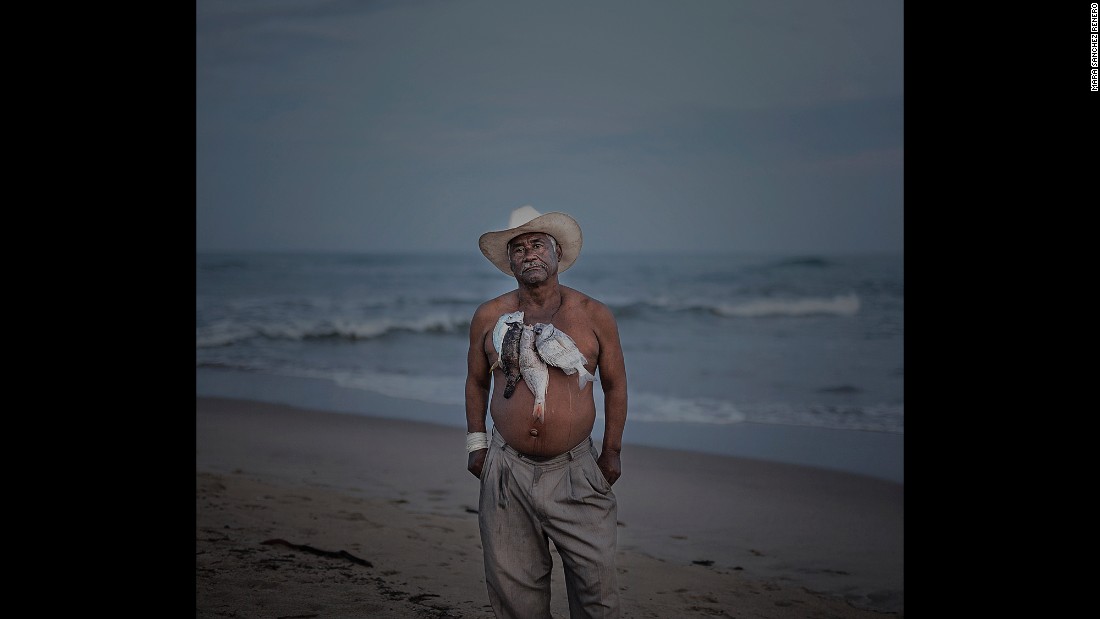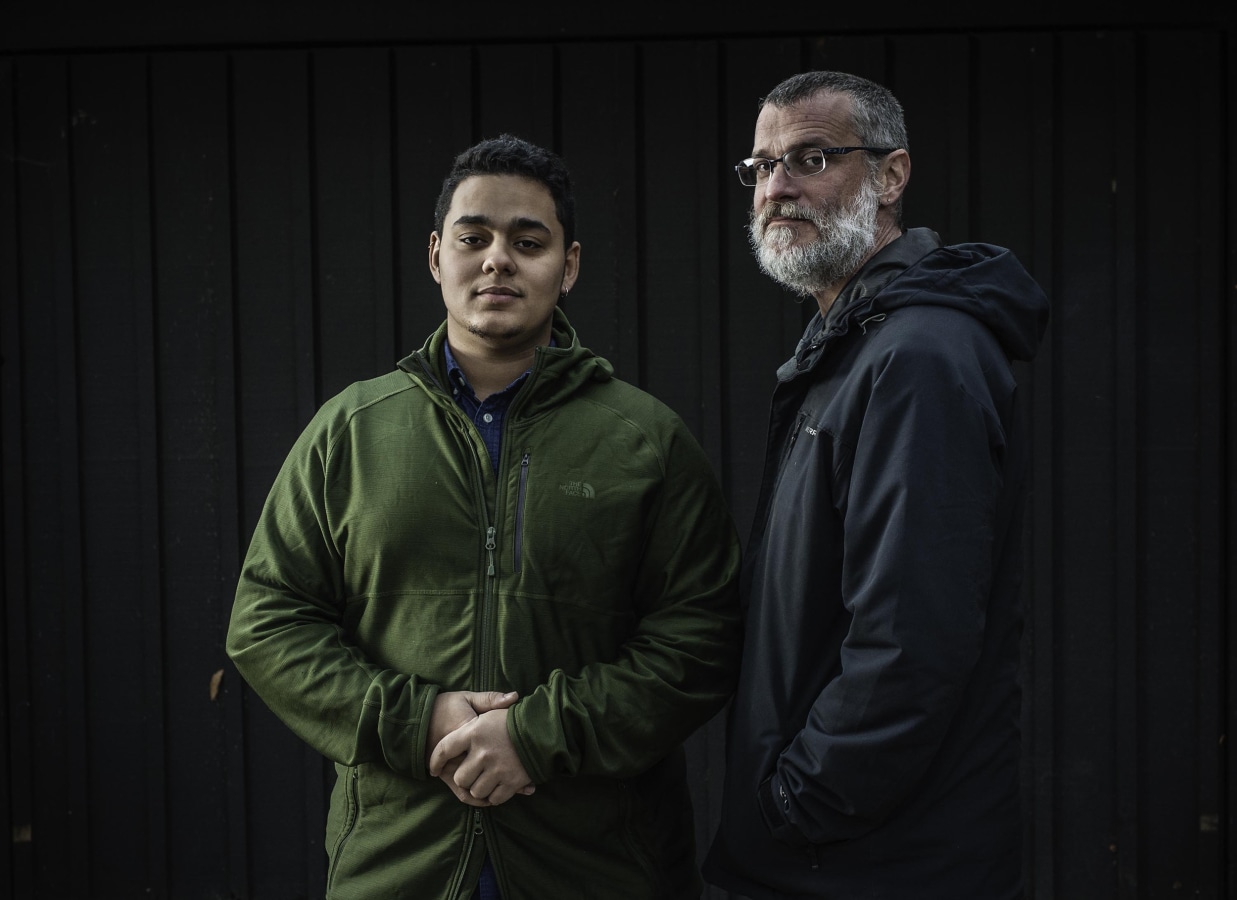Looking at Shirley, the Ultimate Norm: Colour Balance, Image Technologies, and Cognitive EquityPosted in Articles, Arts, Communications/Media Studies, Media Archive, United States on 2015-09-21 02:28Z by Steven |
Looking at Shirley, the Ultimate Norm: Colour Balance, Image Technologies, and Cognitive Equity
Canadian Journal of Communication
Volume 34, Number 1 (2009)
pages 111-136
Lorna Roth, Professor of Communication Studies
Concordia University, Montreal, Quebec, Canada
Until recently, due to a light-skin bias embedded in colour film stock emulsions and digital camera design, the rendering of non-Caucasian skin tones was highly deficient and required the development of compensatory practices and technology improvements to redress its shortcomings. Using the emblematic “Shirley” norm reference card as a central metaphor reflecting the changing state of race relations/aesthetics, this essay analytically traces the colour adjustment processes in the industries of visual representation and identifies some prototypical changes in the field. The author contextualizes the history of these changes using three theoretical categories: the ‘technological unconscious’ (Vaccari, 1981), ‘dysconsciousness’ (King, 2001), and an original concept of ‘cognitive equity,’ which is proposed as an intelligent strategy for creating and promoting equity by inscribing a wider dynamic range of skin tones into image technologies, products, and emergent practices in the visual industries.
Jusqu’à récemment, en raison d’un préjugé favorisant la peau claire dans les films couleurs et dans la conception des caméras numériques, la reproduction des couleurs de peaux non-caucasiennes a été très déficiente, exigeant le développement de diverses techniques de compensation et d’amélioration. Utilisant la carte de référence normative « Shirley » comme métaphore pour refléter l’évolution des rapports entre les races et leurs pratiques esthétiques, cet essai analyse les processus d’ajustement de la couleur dans les industries de la représentation visuelle et identifie certains prototypes de changements dans le domaine. L’auteur situe ces changements historiquement en se rapportant à trois concepts théoriques : « l’inconscient technologique » (Vaccari, 1981), la « dysconscience » (« dysconsciousness » – King, 2001), et un concept original, « l’équité cognitive », proposé comme stratégie intelligente pour créer et promouvoir l’équité en inscrivant un plus grand éventail de couleurs de peau dans les technologies et produits de l’image et dans les pratiques émergeantes des industries visuelles.
Read the entire article here.





